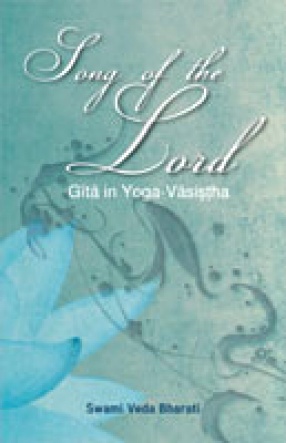The Yoga-Sutra is a significant landmark in the protracted evolution of the yogic for an extensive commentarial literature stretching from the Yoga-Bhasya of Vyasa (c. 450 C.E.) to modern traditionalist interpretation in Hindi and other Indic vernaculars as well as various European languages, notably English.
The present volume by Swami Veda Bharti provides a learned commentary on the second chapter of the Yoga Sutra, i.e., Sadhana Pada. This contains the core of Patanjali’s philosophical and metapsychological framework, and it also defines both the components of kriya-yoga and the first five components of eight-limbed astanga-yoga. This chapter demonstrates very clearly that in Yoga, theory and practice form a homogenous whole. The theoretical concepts were largely distilled from practical experience and, in turn, informed further experimentation on the path. How could we hope to travel the path mapped out by Patanjali without recourse to such pregnant concepts citta, vrtti, pratyaya, samskara vasana, asaya, mirodha, parinama, guna, pratiprasava? All these ideas were shaped in the intense practice environment of Yoga over many generations.
Swami Veda Bharti brings to his exegesis a singular sensitivity and wonderful comprehension of yogic concepts, which are rooted in his extensive traditional training as a Sanskrit scholar and also his personal yogic practice. This latest contribution to our comprehension of Patanjali’s teachings takes us a lot further than other similar endeavors.








There are no reviews yet.